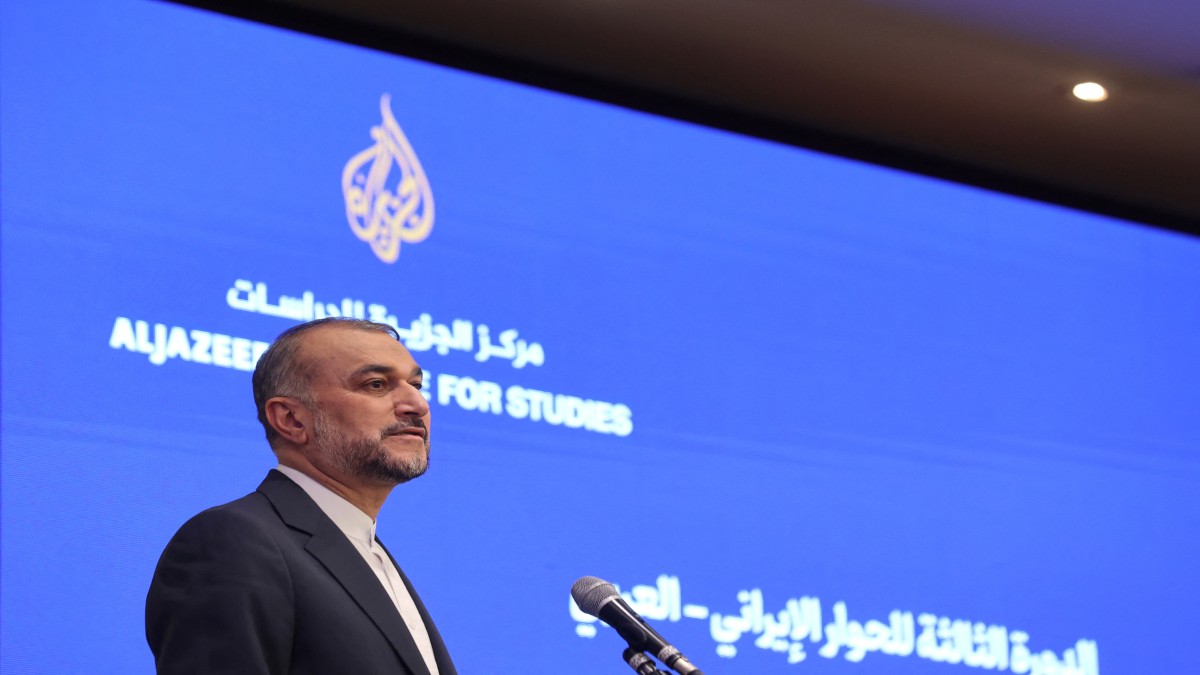Iranian President Ebrahim Raisi and his foreign minister were killed in a helicopter crash in mountainous terrain and icy weather, an Iranian official said on Monday, after search teams located the wreckage in East Azerbaijan province.
Raisi was travelling with Iran’s foreign minister, Hossein Amir-Abdollahian, the governor of Iran’s East Azerbaijan province and other officials and bodyguards to inaugurate a joint dam project, the state-run IRNA news agency reported.
A massive rescue operation combed through a fog-shrouded dense forest for more than 12 hours, as the public was urged to pray.
On Monday, however, rescuers said the chopper was “completely burned” in the crash, as per Reuters.
“President Raisi, the foreign minister and all the passengers in the helicopter were killed in the crash,” the senior Iranian official told Reuters, asking not to be named because of the sensitivity of the matter.
There is “no sign” of life coming from President Raisi’s helicopter, the BBC also cited state TV.
Iran’s Mehr news agency confirmed the deaths, reporting that “all passengers of the helicopter carrying the Iranian president and foreign minister were martyred.”
Here’s all we know about the foreign minister, who is also in focus in this fateful incident.
Who was Hossein Amir-Abdollahian?
Iranian foreign minister Hossein Amir-Abdollahian, 60, was a conservative leader with the backing of the formidable Islamic Revolutionary Guards Corp (IRGC), as per the Radio Free Europe Radio Liberty (RFERL) website.
Dubious of the West, he openly backed his country’s loose coalition of militant organisations and proxies against the US and Israel, known as the “axis of resistance.” His nomination in the Raisi administration was even perceived as an emphasis on West Asia and a step away from the West.
Born in 1960 in the northern city of Damghan, the top diplomat of Iran continued his studies at a university, earning a PhD in international affairs, rather than enlisting to serve in the deadly 1980–1988 Iran–Iraq war, according to the report.
In the late 1990s, Abdollahian was posted to Iran’s Embassy in Iraq after making rapid progress up the Foreign Ministry’s ladder. He has held a number of positions in the ministry, including head of the Persian Gulf Department, deputy minister for Arab and African Affairs, and ambassador to Bahrain.
He established a rapport with Qasem Soleimani, the head of the Quds Force, the IRGC’s foreign wing, through his participation in Tehran’s dealings with Iraq and the group’s operations in Iran’s western neighbour. In 2020, Soleimani died in an American airstrike close to Baghdad.
Ali Alizadeh, a hardline lawmaker, hailed Abdollahian as the “Soleimani of diplomacy” before his appointment in the foreign ministry, according to ForeignPolicy.com.
In 2016, Abdollahian rejected an opportunity to become Iran’s envoy in Oman and departed the ministry amid reports that he had fallen out with then-Foreign Minister Mohammad Javad Zarif. However, he recovered fast and was named foreign affairs adviser to the then-speaker of parliament, Ali Larijani. He held this position until he was nominated foreign minister.
He was the face and voice of urgent diplomacy in the past few months as the Israel-Gaza conflict has worsened, constantly communicating not just with the foreign ministers of the West and the Arab world but also with Iran’s friends.
According to the BBC, he visited major cities across the globe to ward off attempts to isolate Iran and to discover measures to lessen the effects of the harsh international sanctions.
Previously, he had also held meetings in Qatar with the heads of the Iranian-backed militant organisations, such as Hamas, the group that spearheaded the attack on Israel on 7 October, and Palestinian Islamic Jihad, as per the New York Times.
To discuss defusing tensions and lifting sanctions linked to Iran’s nuclear programme, the top diplomat for Iran also participated in secret indirect talks with America in Oman in February and May, the report added.
With inputs from agencies
)